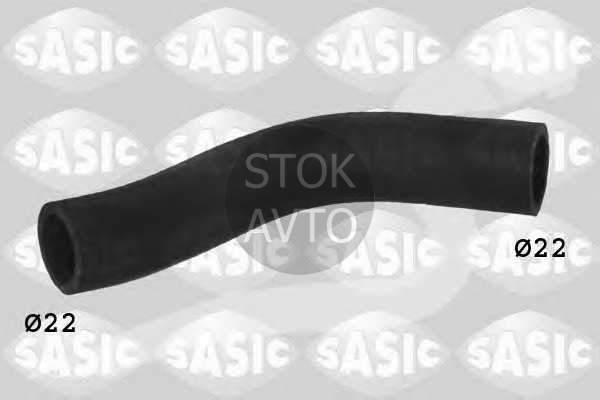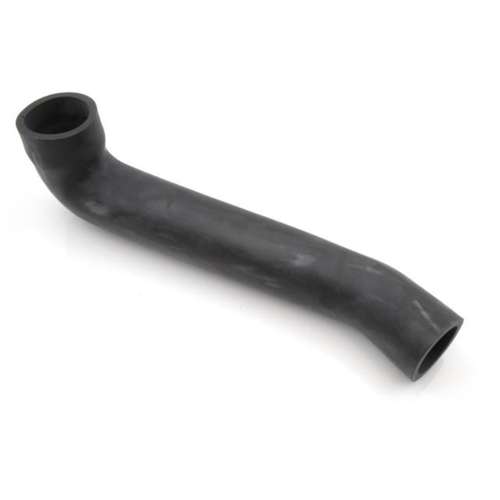
Radiator hose: the main thing to remember
Content
The radiator hose is an automotive part present in your vehicle's cooling system. The role of the latter is to regulate the temperature of the engine so that it does not overheat and ensures good combustion of the air-fuel mixture. Find out what to remember about a radiator hose: its role, its signs of wear, how to repair it, and what is the cost of replacing it in a mechanical shop!
🚗 What role does the radiator hose play?

Radiator hose required for treatment coolant between engine and radiator. As an integral part of the cooling system, it helps cool the engine to protect the mechanical parts from corrosion caused by high temperatures. As a rule, radiator hoses are rather large diameters from 3 to 5 centimeters.
Found by car bottom hoses and top hoses to facilitate the circulation of coolant between the radiator and the engine.
Made from elastomers (fiber-reinforced polymers) or silicone, they will absorb engine vibrations and have high pressure resistance up to 1200 mbar... In addition, they are able to withstand many chemicals (coolant, fuel) and extreme temperature fluctuations ranging from -40 ° C to over 200 ° C.
The radiator hose is needed to transport the coolant in the engine and radiator circuits and therefore retains many mechanical parts.
🔎 What are the symptoms of HS radiator hose?

The radiator hoses are designed to be very durable while still being flexible. However, over time they wear out and become less and less efficient. So, if the radiator hose is broken, it can be noticed by the following signs:
- There are cracks on the hose : these cracks can be significant and turn into cracks along the entire length of the hose;
- One coolant leak : If the hose is cracked, there may be a coolant leak. It can also come from the radiator, a professional should inspect the assembly to find out the origin of the leak;
- Hernia formed : There is a bulge along the hose;
- Rigid hose : Over time, the material has hardened and can no longer function properly. When you check your hose, you must wait until it has cooled down to avoid the risk of burns.
On average, the radiator hose has Service life from 5 to 6 years depending on the vehicle. Also, if you maintain your vehicle properly and you change regularly coolant, it can extend the life of the radiator hose.
🔧 How to repair the radiator hose?

When your radiator hose is damaged, you can choose from two different methods to repair it, for example:
- Trimming the damaged part : with a knife or pliers, you can cut off the damaged part and fix the other two parts of the hose with a clamp;
- Installing the patch : Eliminates leaks and strengthens the hose for future rides.
These two methods will temporarily repair the radiator hose, but will need to be replaced quickly. Really, these workarounds could fall apart at any time and it will affect several parts of your vehicle.
These consequences will be mainly at the level of the engine, because it can no longer be cooled properly.
💸 How much does it cost to replace the radiator hose?

The radiator hose is an auto part that is sold between 15 € and 20 € according to OEMs. If you are replacing it in the garage, you will also have to consider the labor cost. On average, this operation requires 2 hours of work on the part of a professional, most likely, he is simultaneously performing a coolant change. Thus, it is necessary to add 50 euros to 100 euros for the work, because the hourly rate varies depending on the institution.
In total, replacing the radiator hose on your vehicle will cost you from 75 € and 120 €.
The radiator hose is required to pass the coolant to the engine and radiator. Once it shows signs of wear, you need to act quickly until it breaks completely. To find a garage near your home and at the best price that fits your budget, use our trusted online garage comparator!
